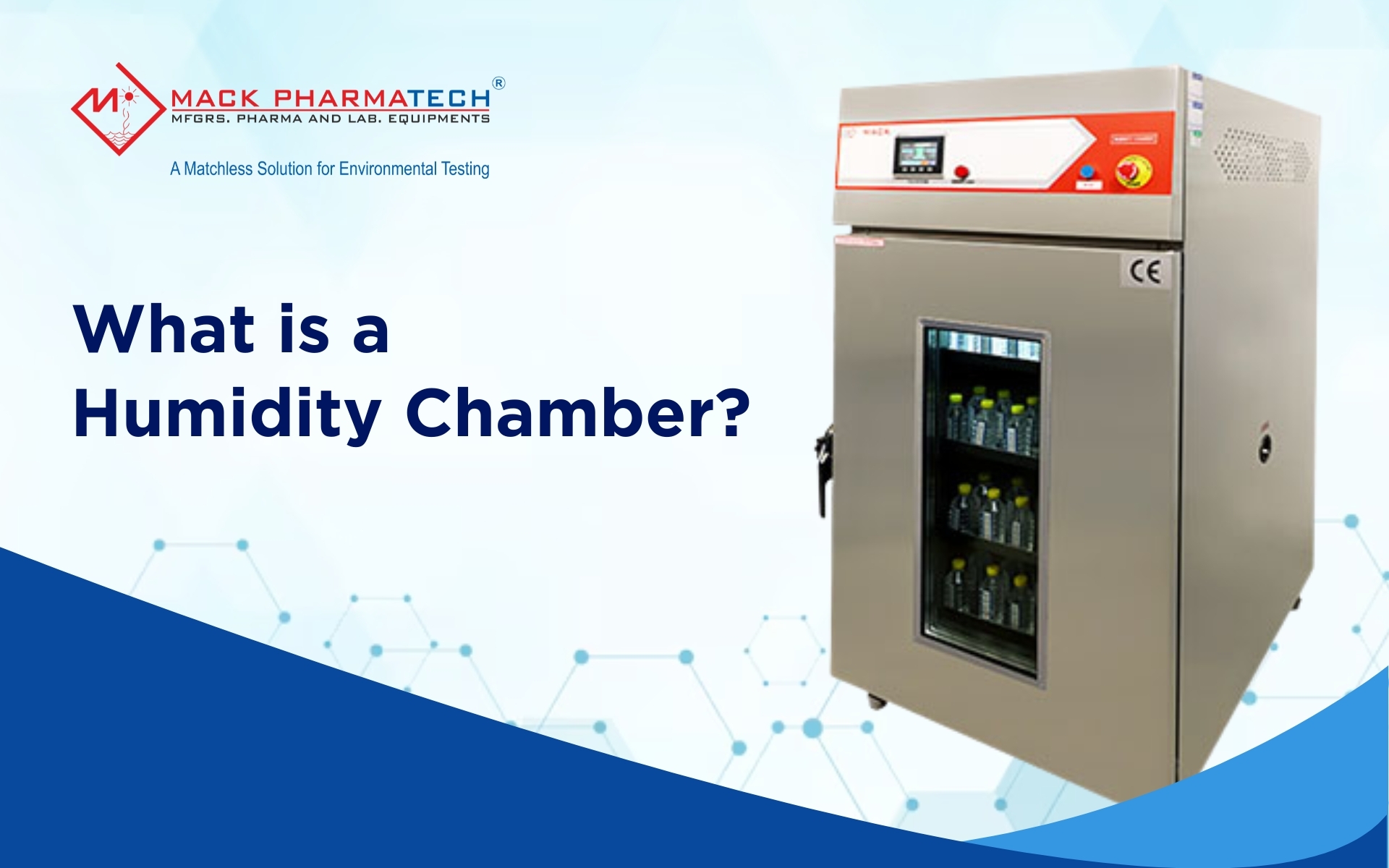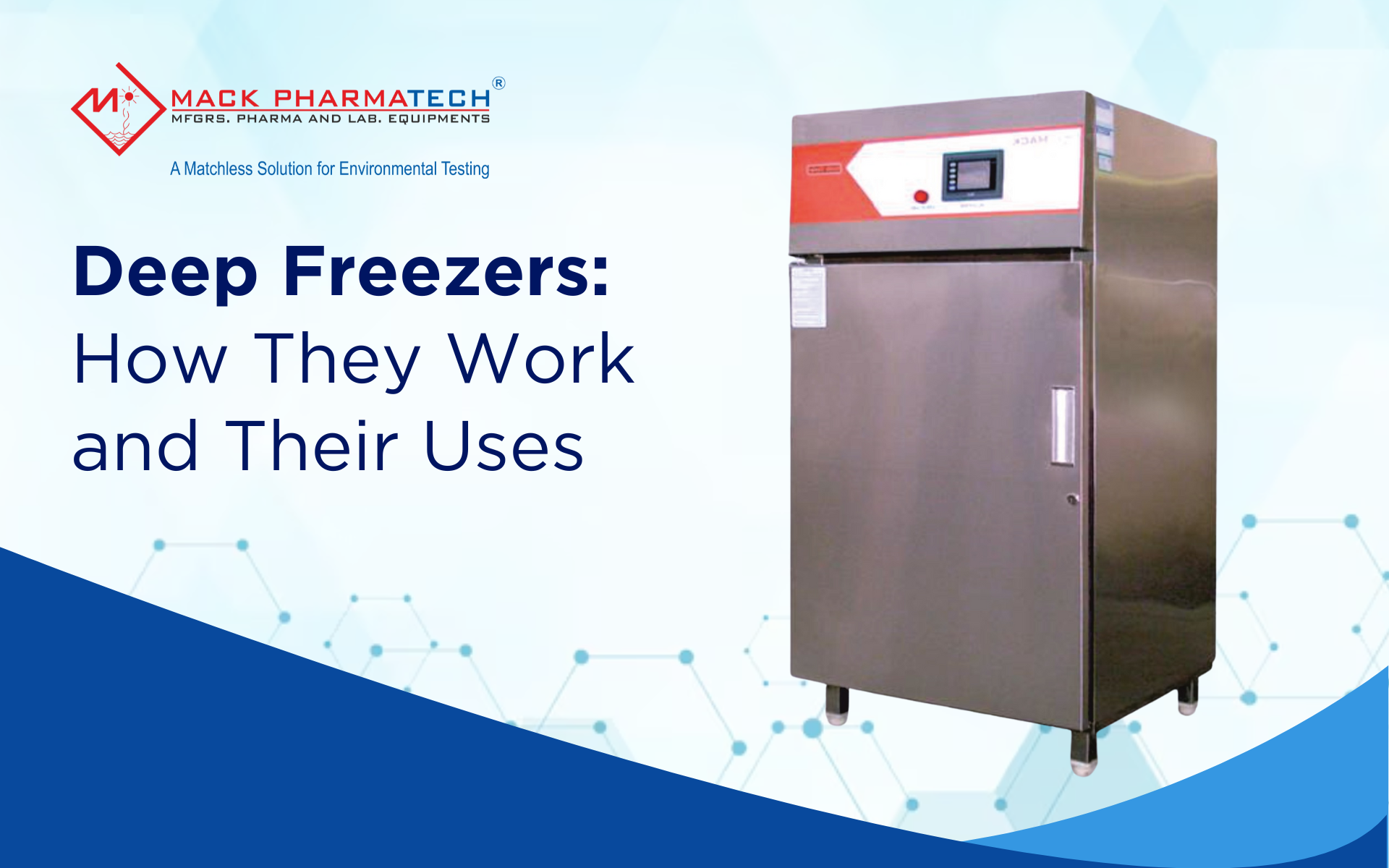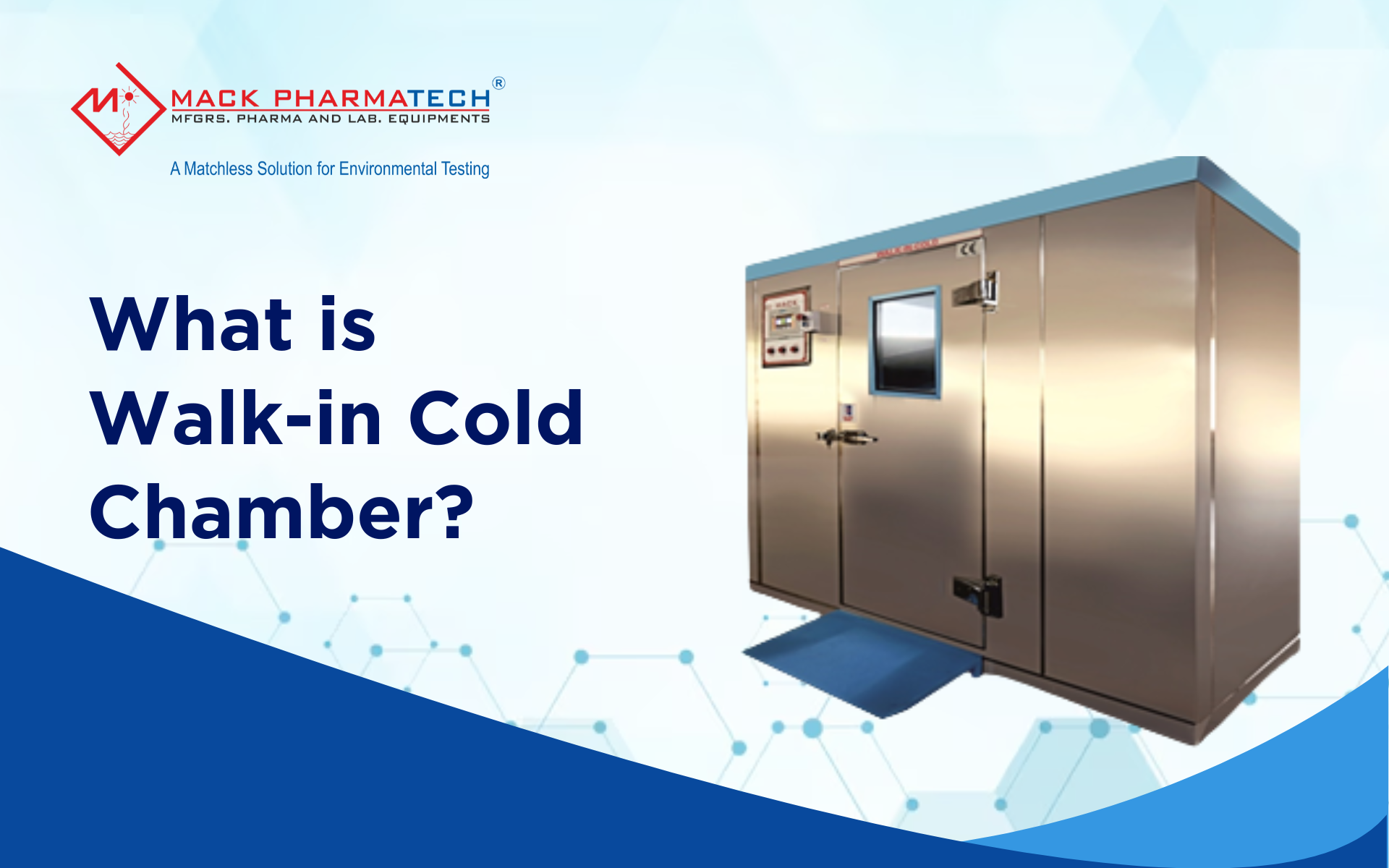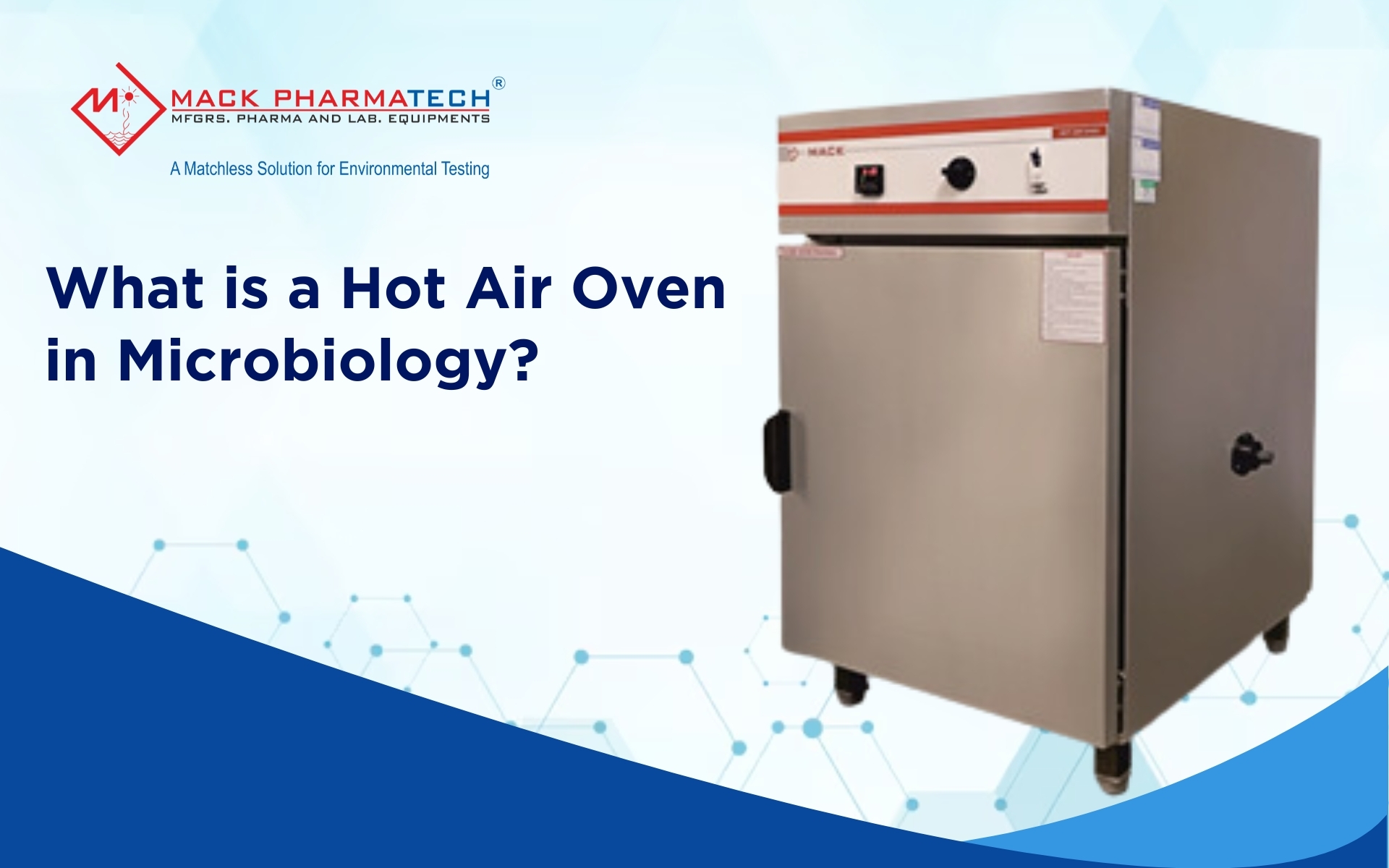A humidity chamber is a specialized machine designed to create and control a controlled environment by adjusting the temperature and moisture in the air. Industries commonly use humidity chambers to test products under varying environmental conditions. This ensures that products perform well in different climates and weather scenarios. Humidity chambers are also referred to as stability chambers.
Types of Humidity Chambers
Humidity chambers come in various sizes and types, each suited for different testing needs. Here are the common types:
-
Benchtop Chambers
These are small chambers designed to sit on a table, ideal for testing small products. -
Walk-in Chambers
These are large enough for a person to walk inside, often used for testing large equipment or bulk items.
Humidity Chamber Working Principle?
Humidity chambers operate by creating a controlled testing environment that adjusts temperature and humidity levels based on the needs of the test.
How it works:
- Humidifier: Adds moisture to the air to simulate high humidity conditions.
- Dehumidifier: Removes excess moisture to simulate low humidity conditions.
- Sensors: Continuously monitor temperature and humidity levels.
- Controller: Automatically adjusts settings to maintain consistent conditions.
The chamber alternates between heat and humidity cycles to observe how products react under varying environmental conditions.
Key Features of Humidity Chambers
Humidity chambers come with various features, depending on their design and intended use. Key features include:
- Construction: Built with durable materials such as stainless steel to resist rust and ensure longevity. Proper insulation maintains stable internal conditions.
- Temperature and Humidity Range: Most chambers can operate within temperatures ranging from -20°C to 60°C and humidity levels from 40% to 85%.
- Sensor Accuracy: High-quality sensors ensure accurate readings, crucial for obtaining reliable test results.
- Control Systems: Digital screens and automated controls make it easier to set up and manage testing conditions.
- Optional Features: Some chambers come with data logging capabilities, remote access, and alarm systems for enhanced functionality and safety.
- Compliance: Many humidity chambers adhere to industry standards such as ICH, GMP, and ISO, ensuring the highest quality and safety.
Applications of Humidity Chambers
Humidity chambers play a vital role in testing the strength, longevity, and safety of products in various industries. Some common applications include:
- Pharmaceutical Testing: Medicines and medical devices are tested in humidity chambers to ensure they remain effective under varying conditions of heat and moisture.
- Electronics Testing: Devices such as phones, chips, and batteries are put through rigorous tests to ensure they can withstand extreme temperatures and humidity.
- Automotive and Aerospace: Parts such as rubber seals, wires, and metals are tested for durability and resistance to extreme weather conditions.
- Food and Beverages: Food products are tested to evaluate their shelf-life and how they react to different temperature and humidity levels.
These tests are crucial for ensuring product reliability, safety, and long-term performance.
Advantages of Using Humidity Chambers
Using humidity chambers offers several benefits, especially for industries that require precise environmental testing:
- Accurate Testing: Humidity chambers provide a controlled environment that mimics real-world conditions, ensuring accurate test results.
- Improves Product Quality: Testing products in various conditions helps identify potential flaws early, allowing for design improvements.
- Meets Regulatory Standards: Humidity chambers help companies comply with standards like GMP and ICH, ensuring safety and quality.
- Saves Time and Money: By identifying weaknesses early in the development process, humidity chambers prevent costly product failures and reduce repair or replacement expenses.
- Predicts Product Longevity: Humidity chambers help estimate a product’s lifespan by simulating long-term exposure to varying environmental conditions.
How to Choose the Right Humidity Chamber
When selecting a humidity chamber, it’s essential to consider your product testing needs and budget. Here are a few factors to keep in mind:
- Size and Capacity: Select a chamber that suits the size of the items you need to test whether small, medium, or large.
- Industry Requirements: Some industries, like pharmaceuticals or aerospace, have specific testing standards that require precise equipment.
- Budget: Prices vary depending on the size and features, so balance cost with the chamber’s performance and durability.
- Service and Support: Choose a reliable brand that offers strong customer support and easy maintenance services.
- Calibration and Maintenance: Select a model that is easy to clean, calibrate, and maintain for optimal performance and long-term use.
A humidity chamber is an essential tool for product testing, enabling companies to simulate different environmental conditions to ensure product strength, safety, and performance. Whether testing pharmaceuticals, electronics, or automotive parts, humidity chambers provide valuable insights into how products respond to heat and moisture.
If you're in manufacturing, R&D, or quality control, using a climatic chamber is a smart way to improve your products' quality and reliability. For high quality humidity chambers designed for industries like pharmaceuticals, electronics, and more, find options at Mack Pharmatech, a trusted name in environmental testing equipment.
What is a humidity chamber?
What is the use of humidifier chamber?
A humidifier chamber is used to maintain consistent humidity levels during testing. It helps simulate real environmental conditions such as high moisture, condensation, or dry air. Industries like pharma, electronics, automotive, and packaging use it to test product quality and shelf life.
What is the principle of temperature and humidity chamber?
The principle of a temperature and humidity chamber is based on controlling heat and moisture inside a sealed chamber. By regulating temperature with heaters and cooling systems, and humidity with steam or water spray, it provides a stable environment to test how products withstand climatic stress.
What is the working principle of humidity?










